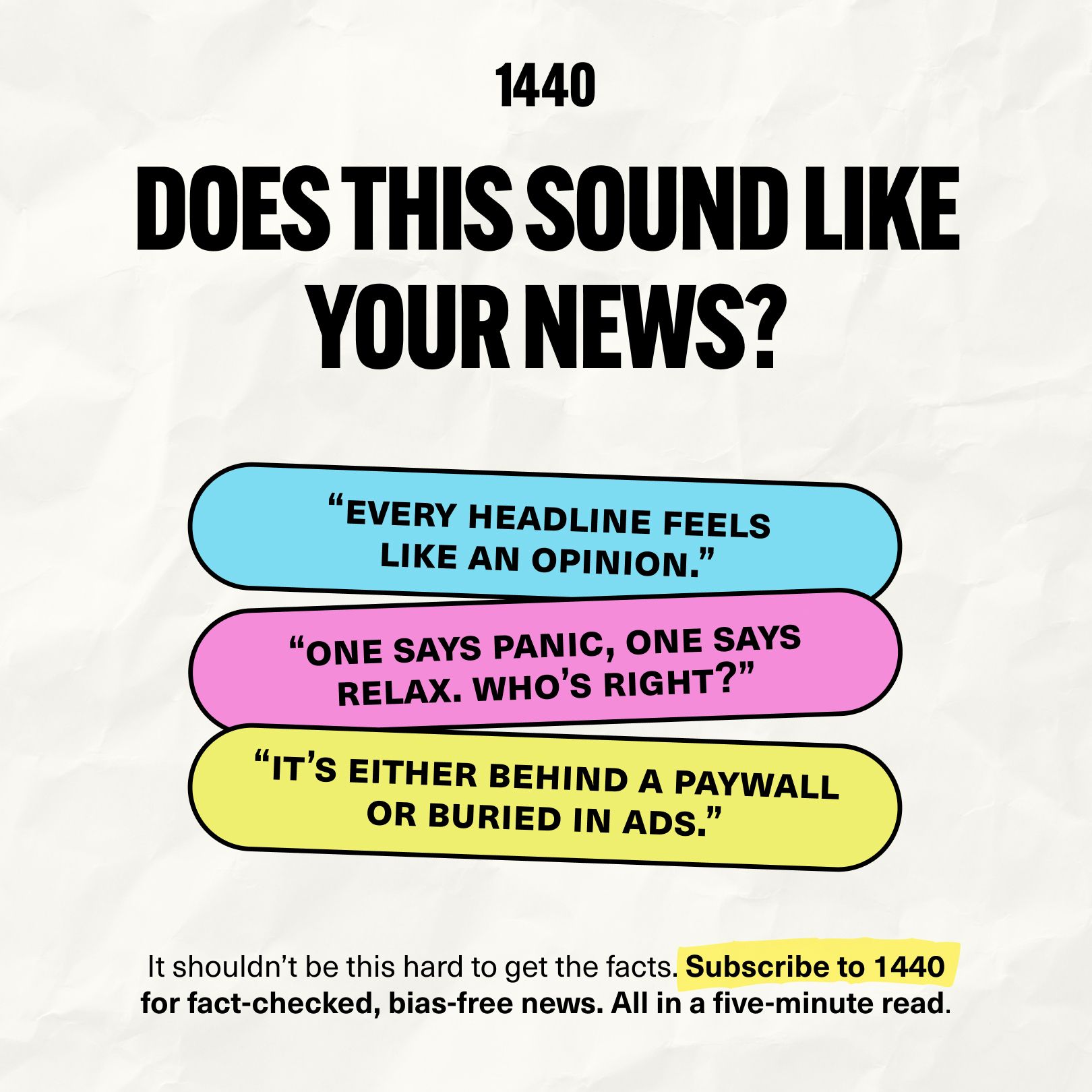- America Needs Nurses
- Posts
- Teenagers & High School Programs Enter the Nursing Pipeline Early
Teenagers & High School Programs Enter the Nursing Pipeline Early
Looking for unbiased, fact-based news? Join 1440 today.
Join over 4 million Americans who start their day with 1440 – your daily digest for unbiased, fact-centric news. From politics to sports, we cover it all by analyzing over 100 sources. Our concise, 5-minute read lands in your inbox each morning at no cost. Experience news without the noise; let 1440 help you make up your own mind. Sign up now and invite your friends and family to be part of the informed.
Building Tomorrow’s Nursing Workforce Today
Across the United States, hospitals and educators are rethinking how to address the nursing shortage—and their latest strategy begins far earlier than ever before.
In 2025, a growing number of hospitals, community colleges, and school districts are partnering to introduce high school students to nursing careers through structured pre-nursing and vocational training programs.
The goal is simple yet ambitious: create a direct, affordable, and inspiring pathway into healthcare, starting in the teenage years.

From Classroom to Clinic: How These Programs Work
New initiatives are blending academic coursework with hands-on clinical experience to help high school students begin their nursing journey before graduation.
For instance:
Students can earn Certified Nursing Assistant (CNA) or Licensed Practical Nurse (LPN) credentials while completing high school.
Partner hospitals provide on-site internships, shadowing opportunities, and mentorship programs.
Graduates often receive guaranteed entry into community college nursing programs or priority hiring for entry-level healthcare roles.
These partnerships are designed not just to fill workforce gaps but to ignite passion for patient care early.
Hospitals Investing in the Future
Health systems in states like Texas, Florida, and North Carolina are leading the movement, offering high school-to-nurse career pipelines that combine federal funding, local workforce grants, and educational incentives.
A recent program in Texas, for example, has already placed dozens of 18-year-olds in LPN roles within a year of graduation, reducing training costs and building long-term staff loyalty.
Such models are gaining traction nationwide as healthcare systems look for sustainable workforce solutions amid ongoing staffing shortages.
The Benefits of Early Exposure
Encouraging high school students to explore nursing careers offers several key advantages:
Addresses the aging workforce by bringing younger generations into healthcare earlier.
Expands access for students from diverse socioeconomic backgrounds.
Reduces educational barriers, making nursing more attainable without years of student debt.
Fosters mentorship and leadership, as experienced nurses train the next generation.
For many teens, these programs provide not only a job opportunity but also a sense of purpose and belonging in healthcare.
Challenges and Considerations
While the concept is promising, challenges remain. Some critics worry about placing too much responsibility on young workers or rushing clinical exposure before full emotional readiness.
Others point to limited funding and variability in program quality across states.
Still, the overwhelming response from hospitals and students alike has been positive — with many describing these initiatives as a lifeline for both the workforce and the communities they serve.
Looking Ahead
With national nursing shortages projected to persist through 2030, early-entry programs could become a cornerstone of workforce development.
By investing in high school students today, hospitals are not only filling vacancies — they’re cultivating the next generation of compassionate caregivers.
Written by America Needs Nurses
📩 For collaborations and program partnerships, contact us at [email protected]
Empowering nurses. Strengthening communities. Inspiring future healers.

